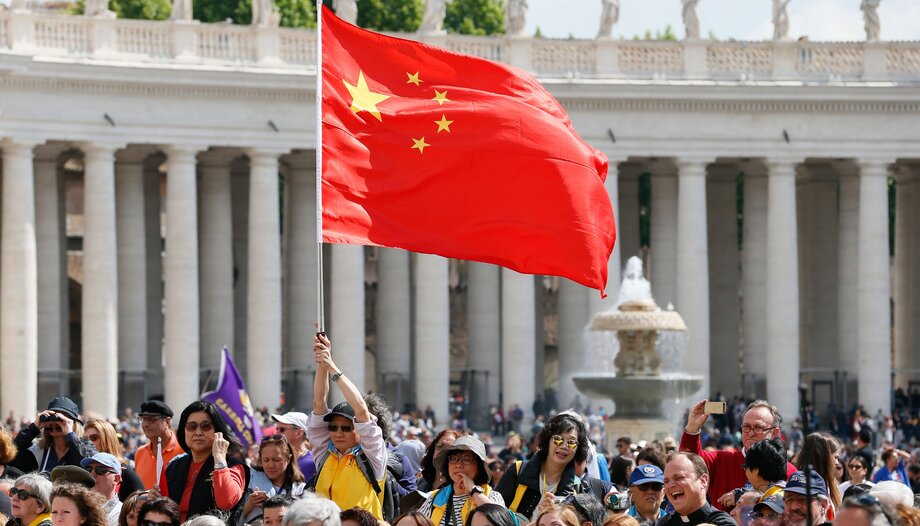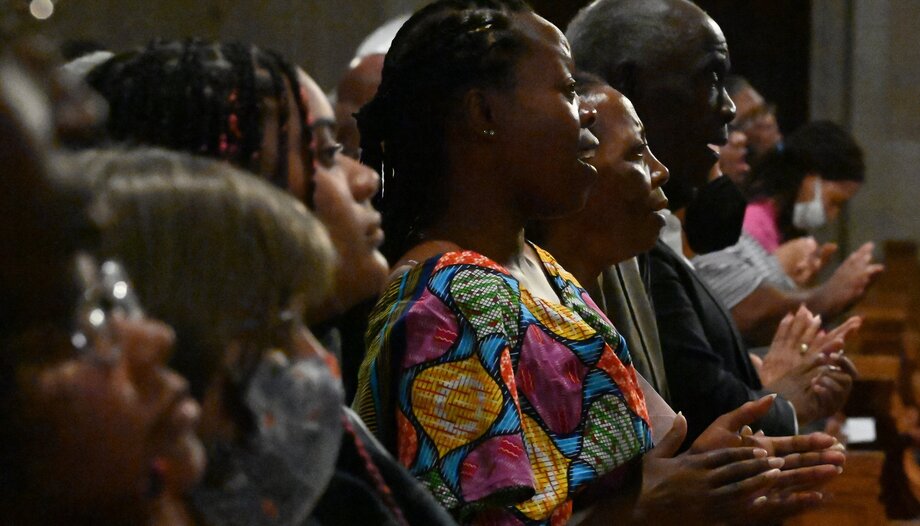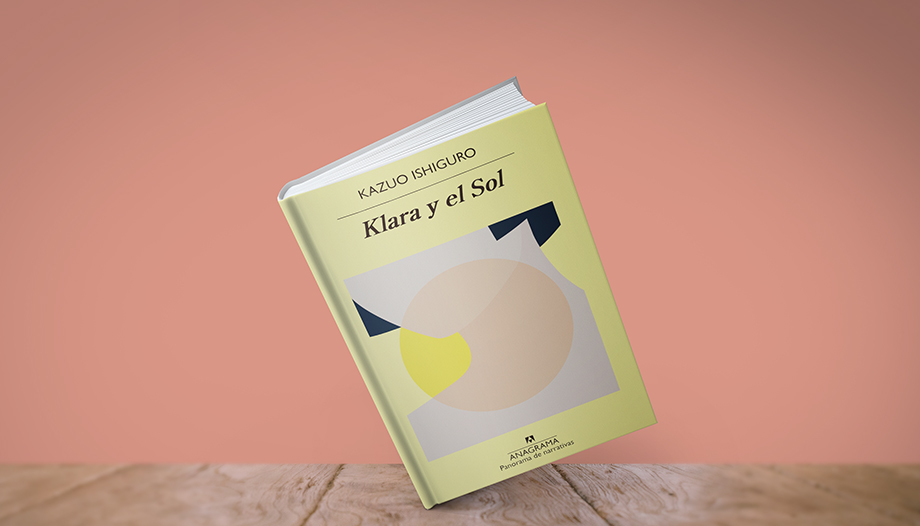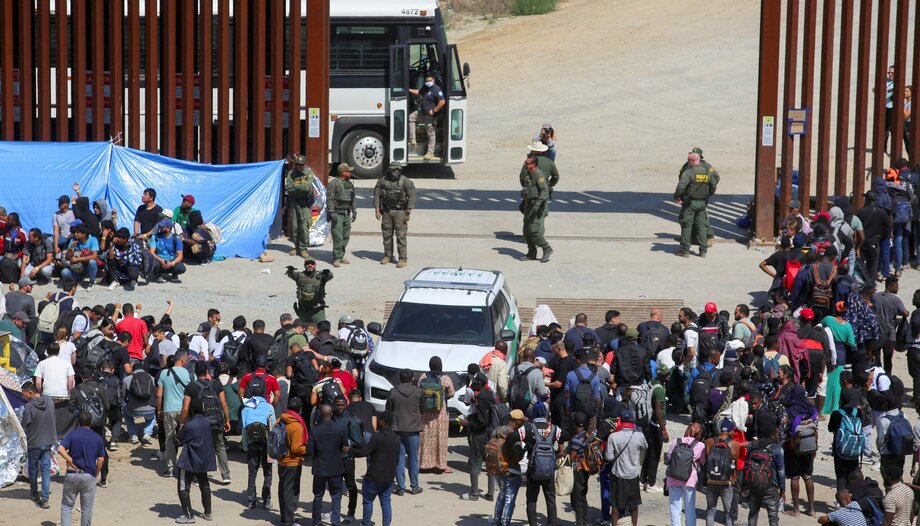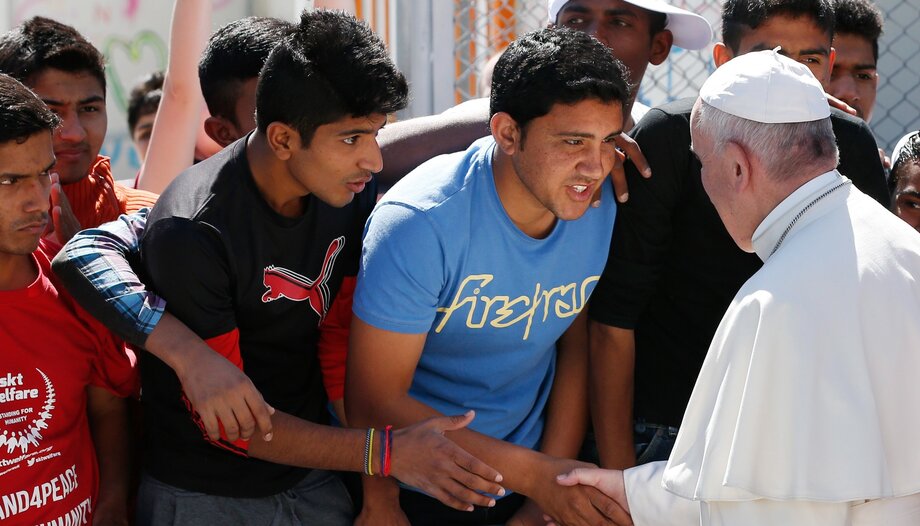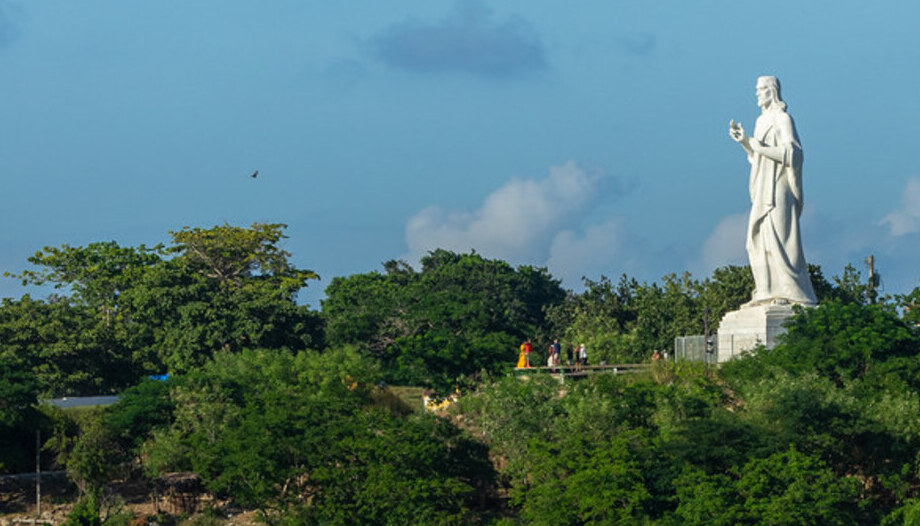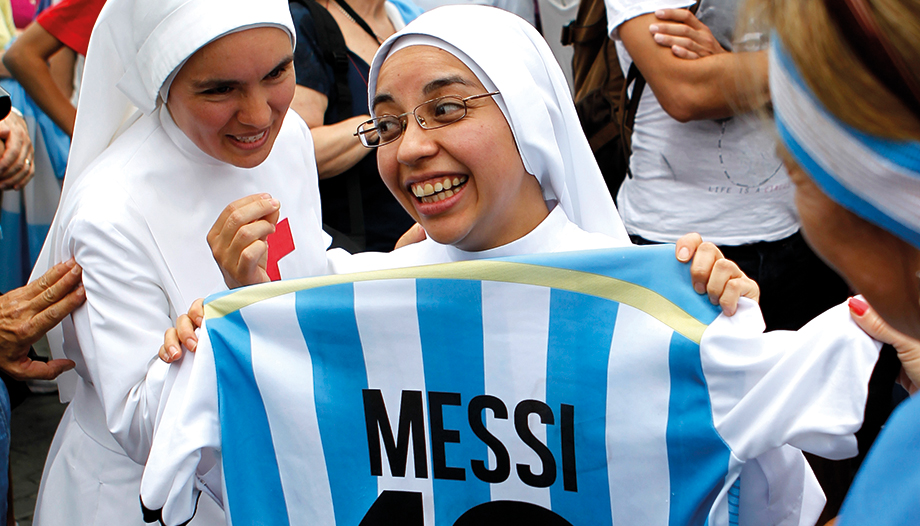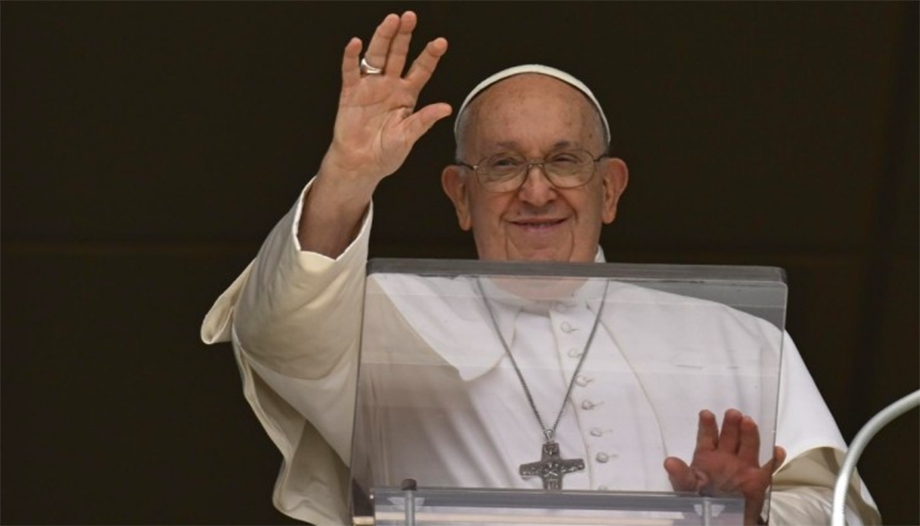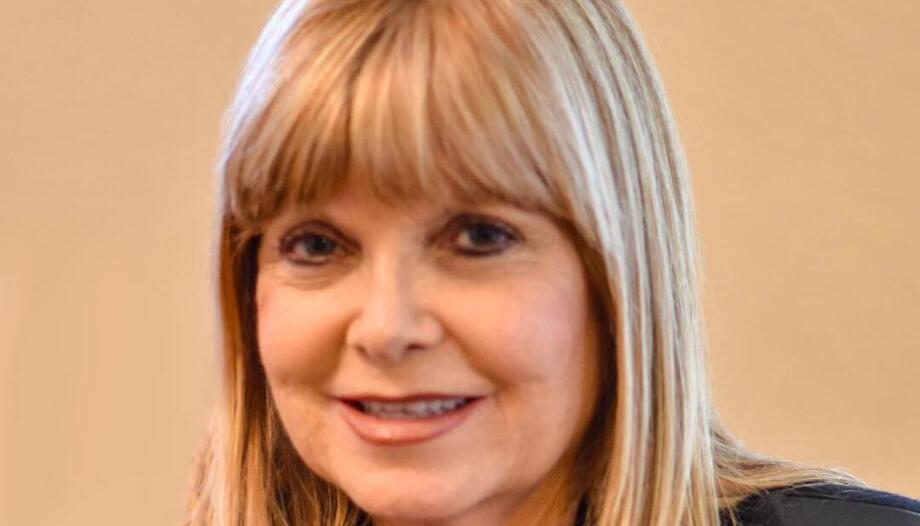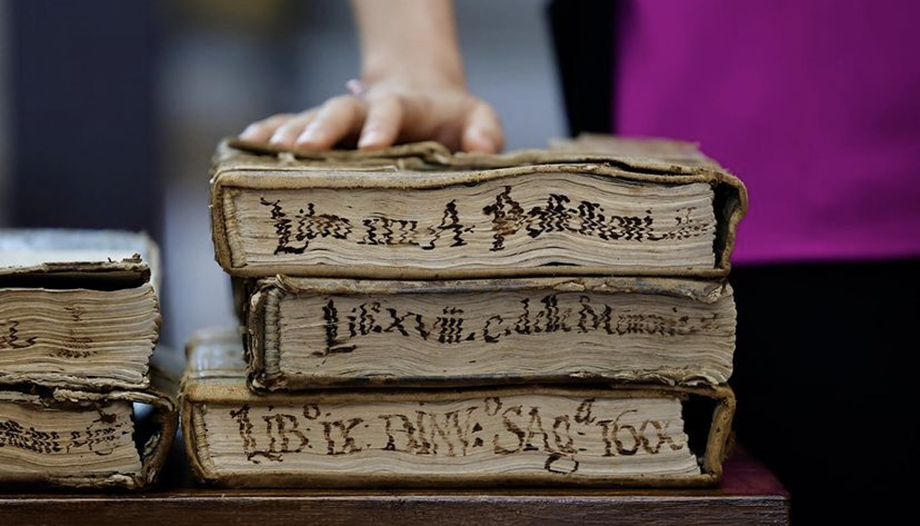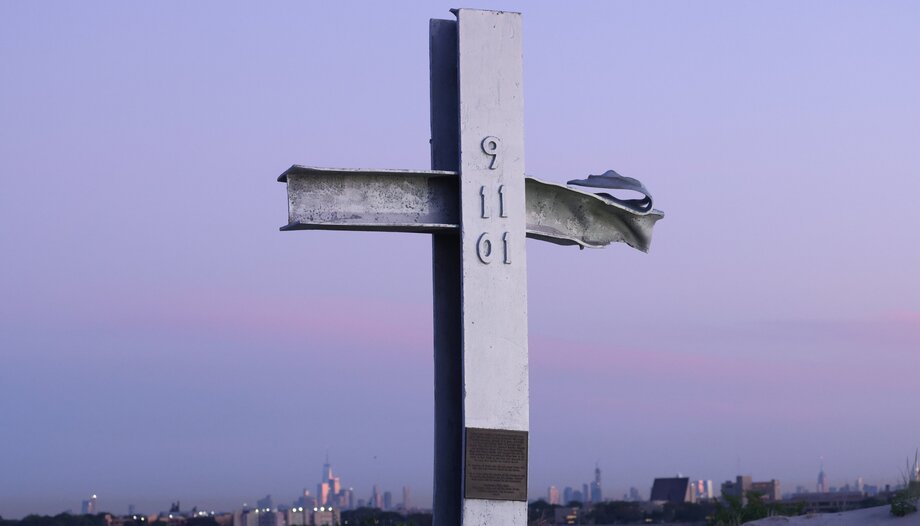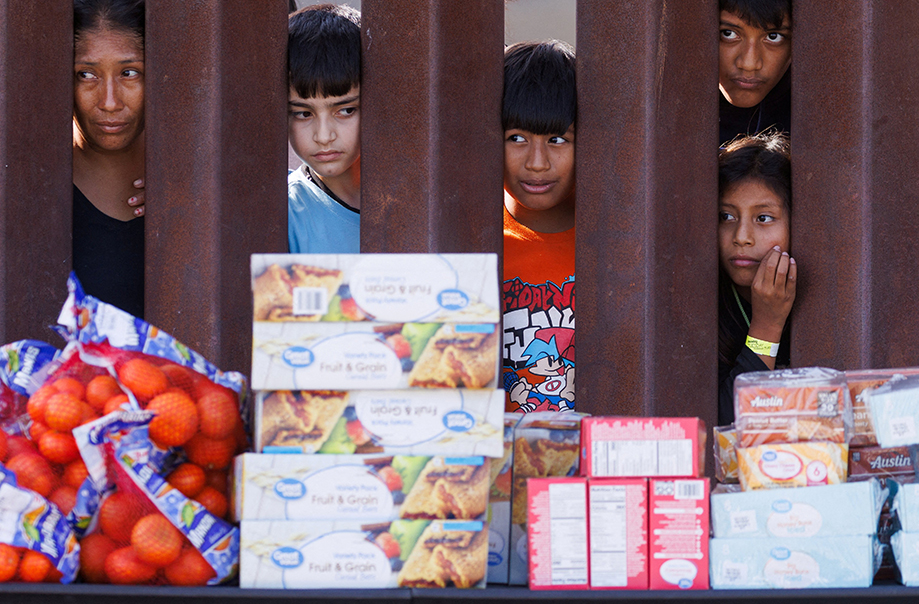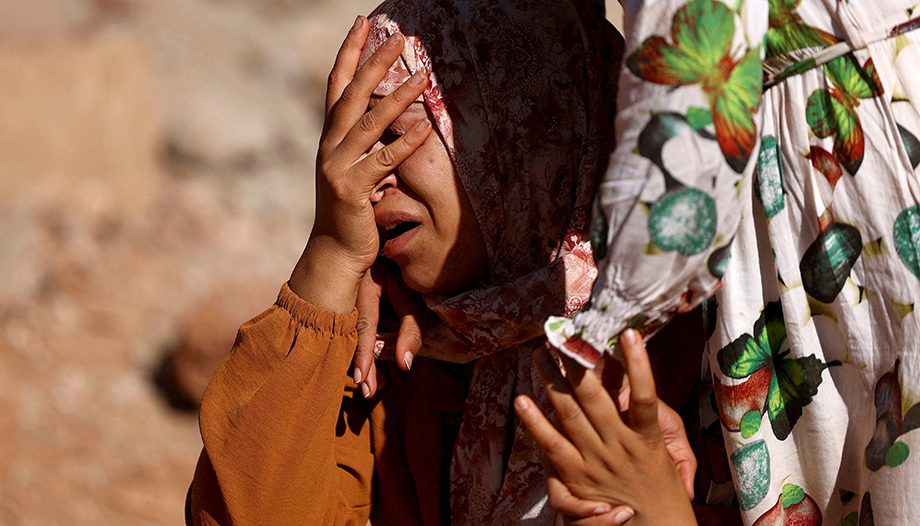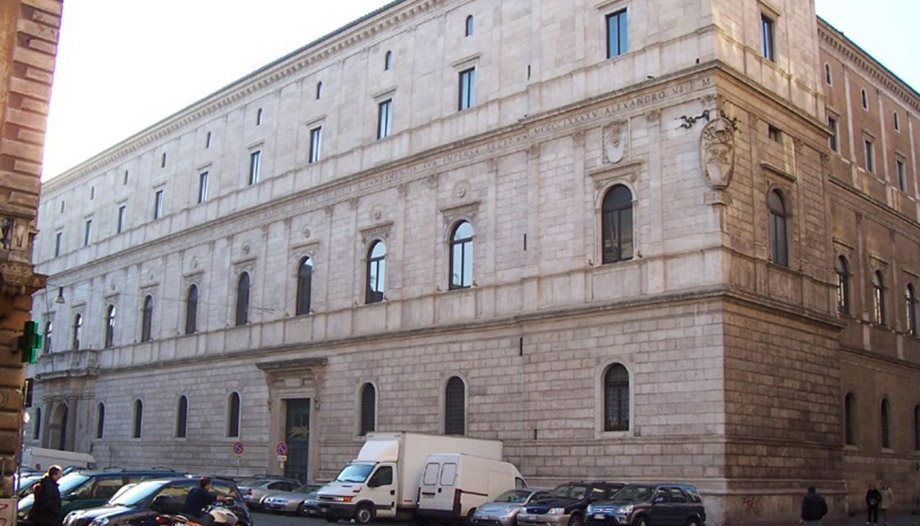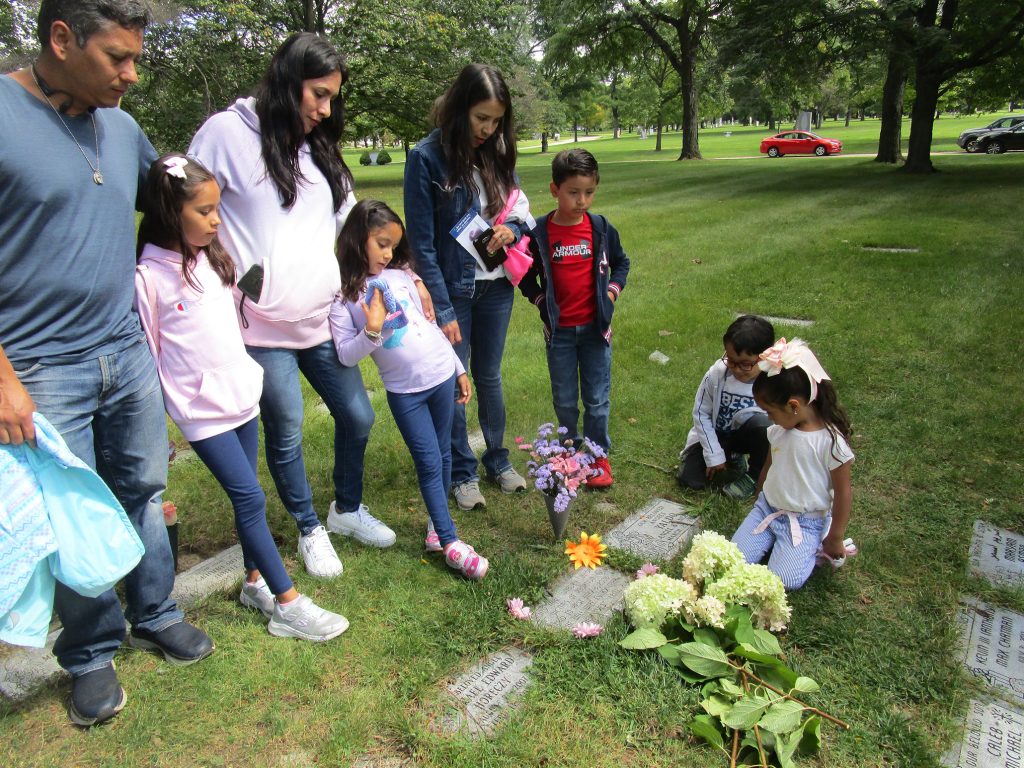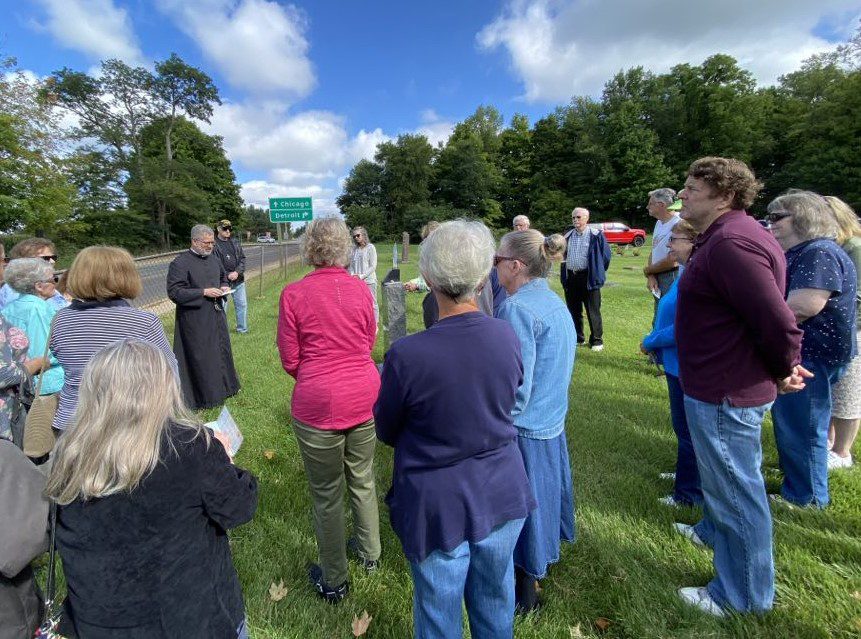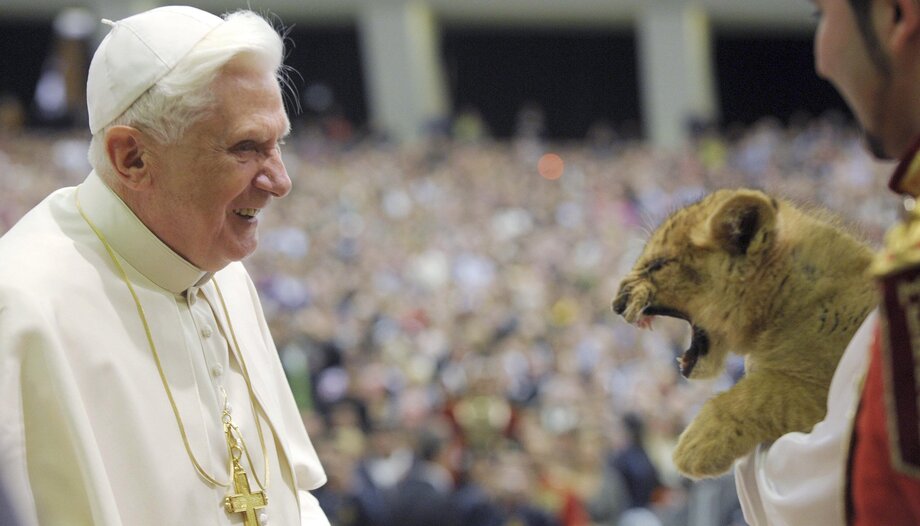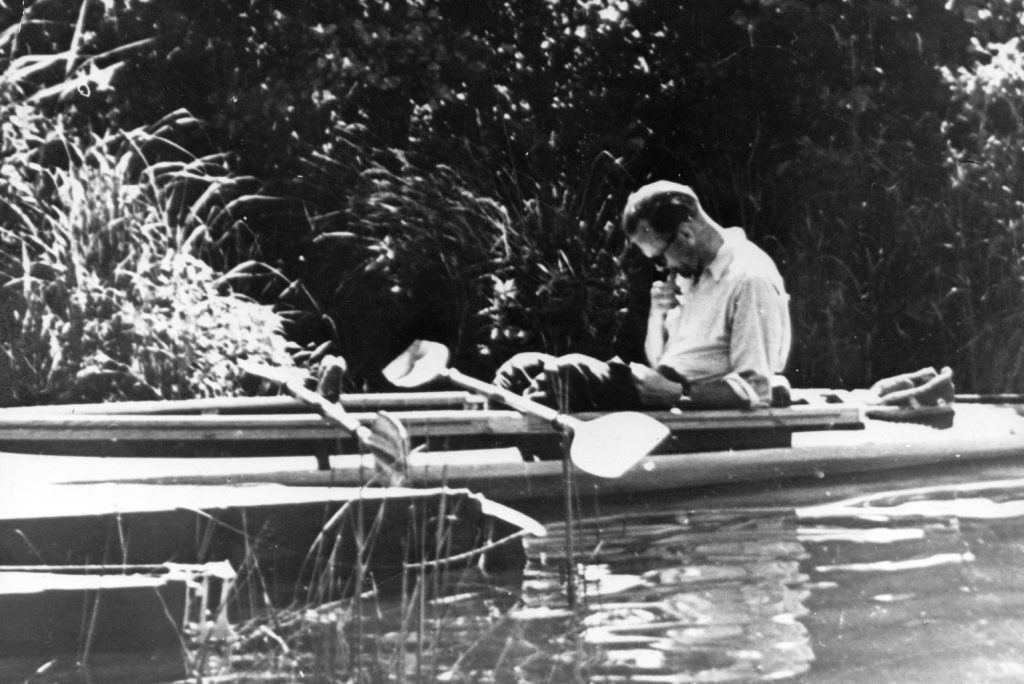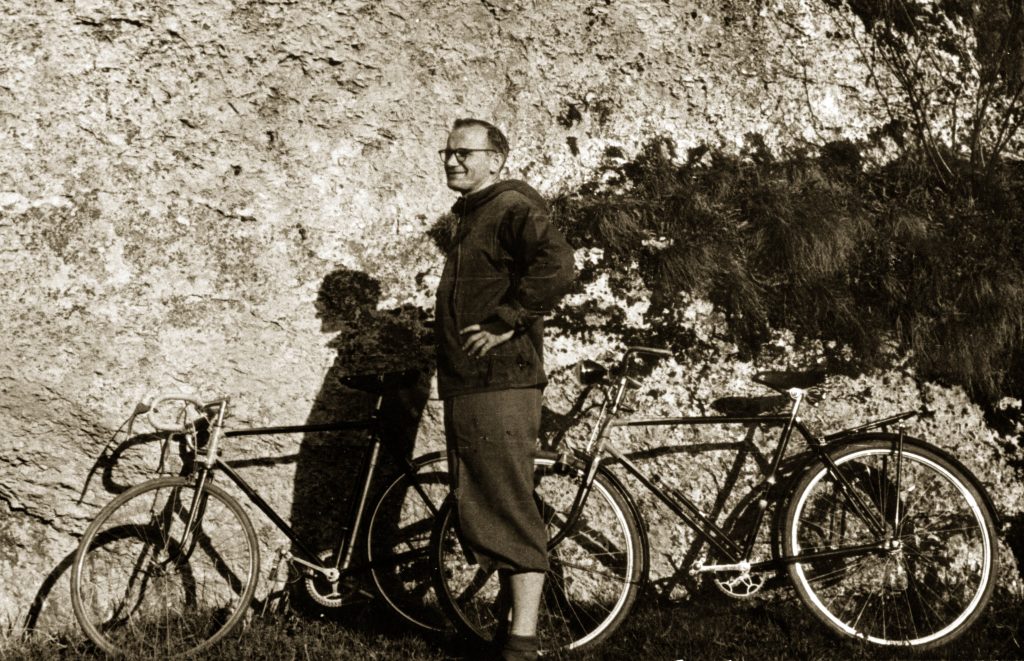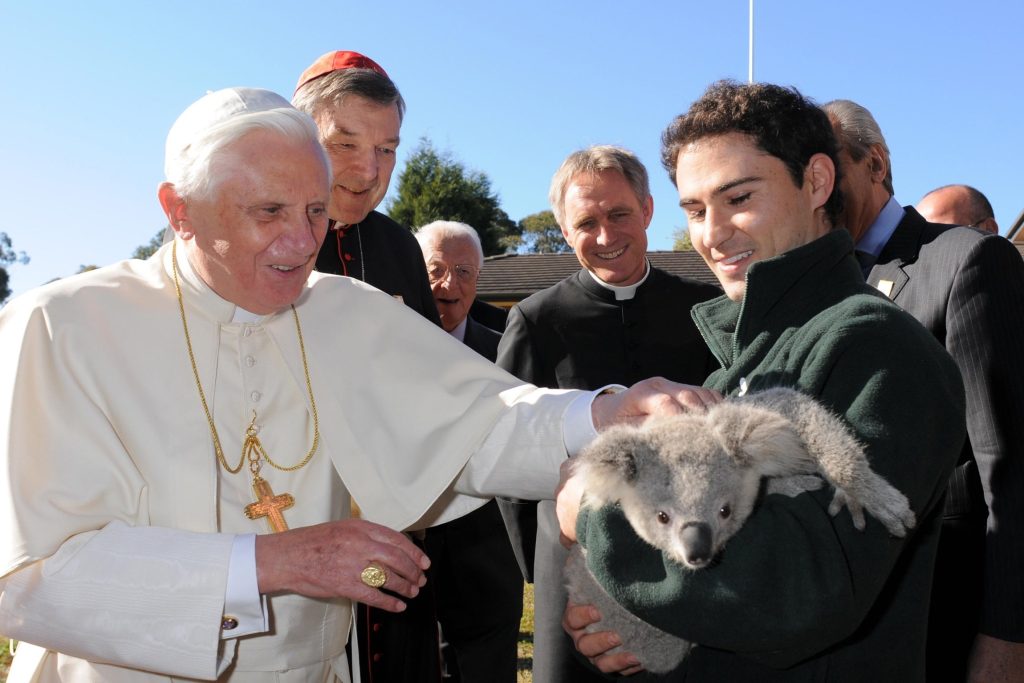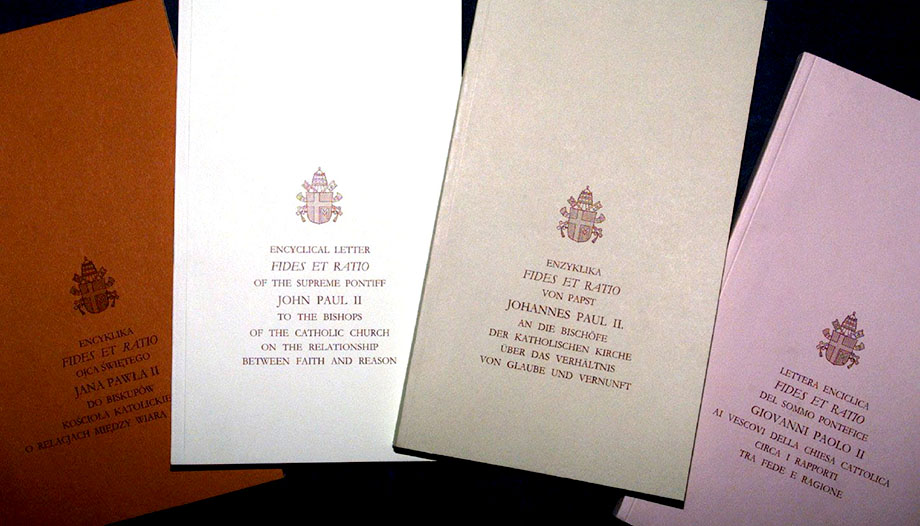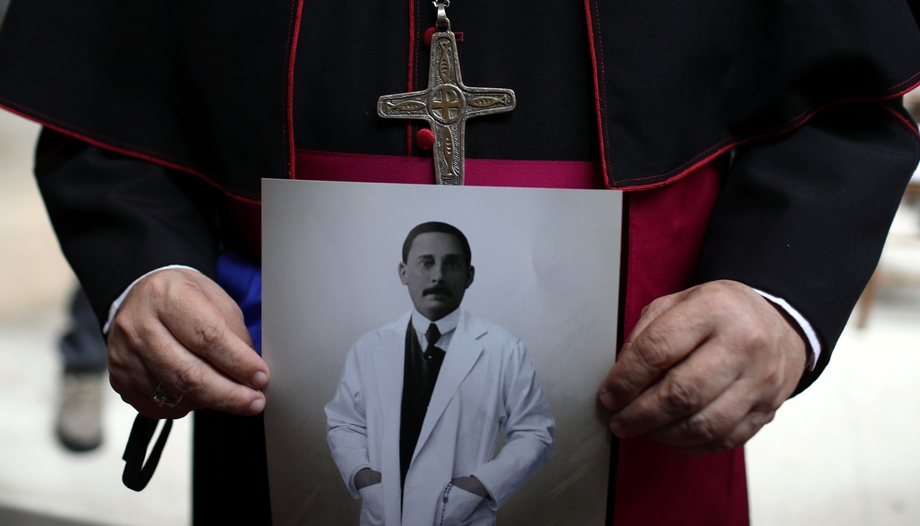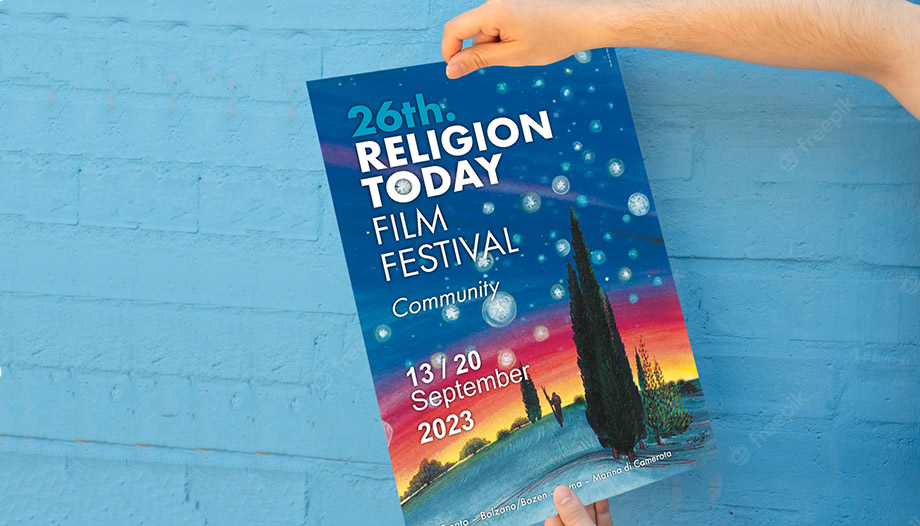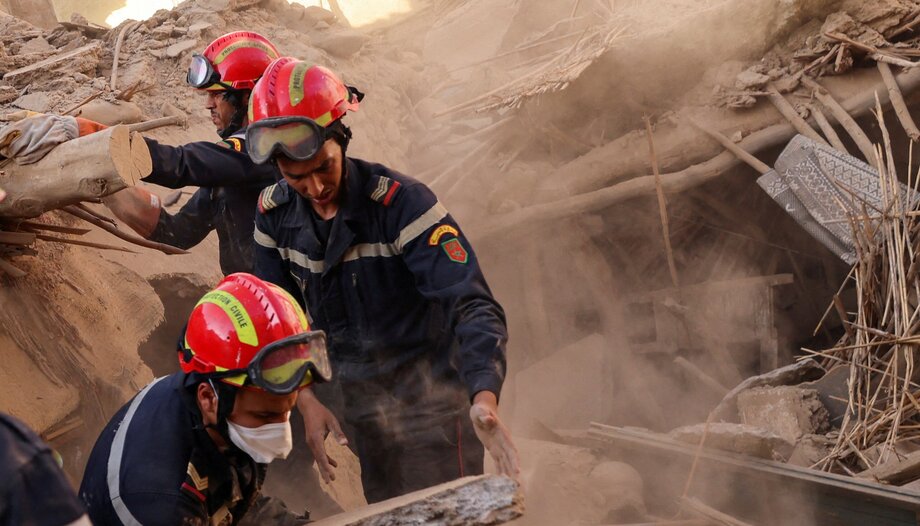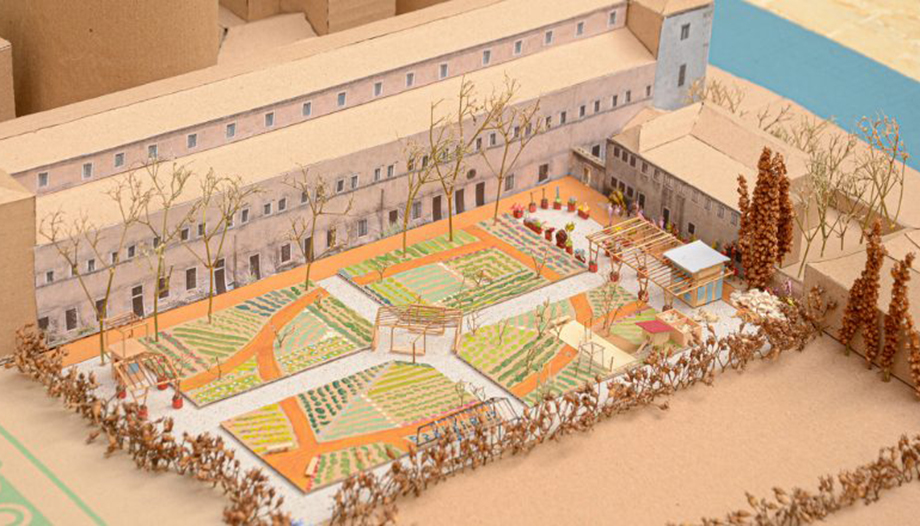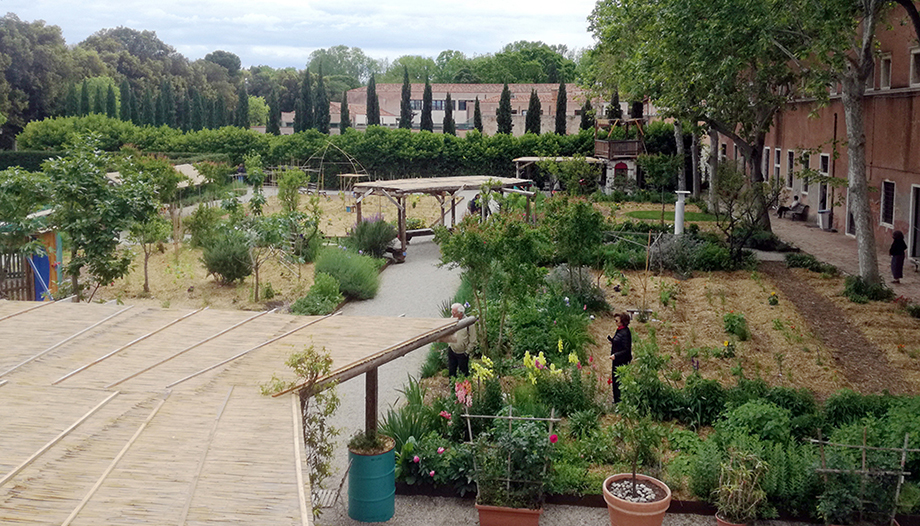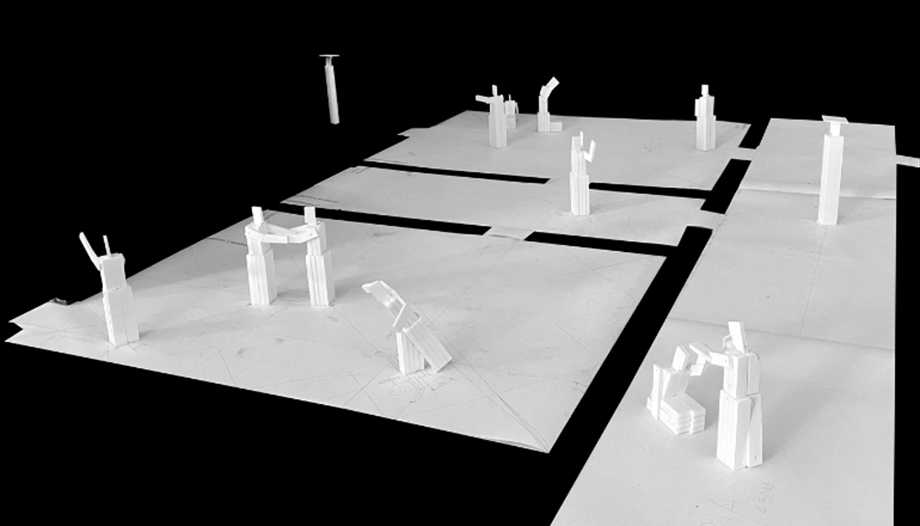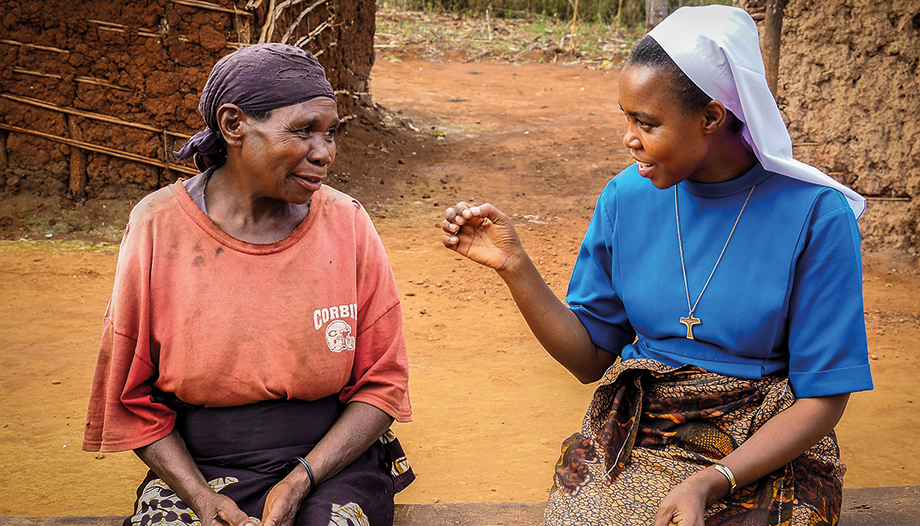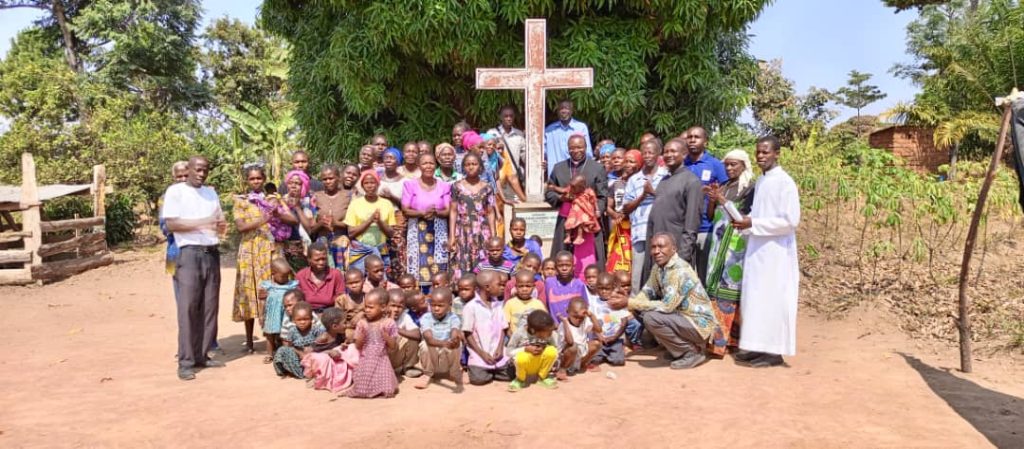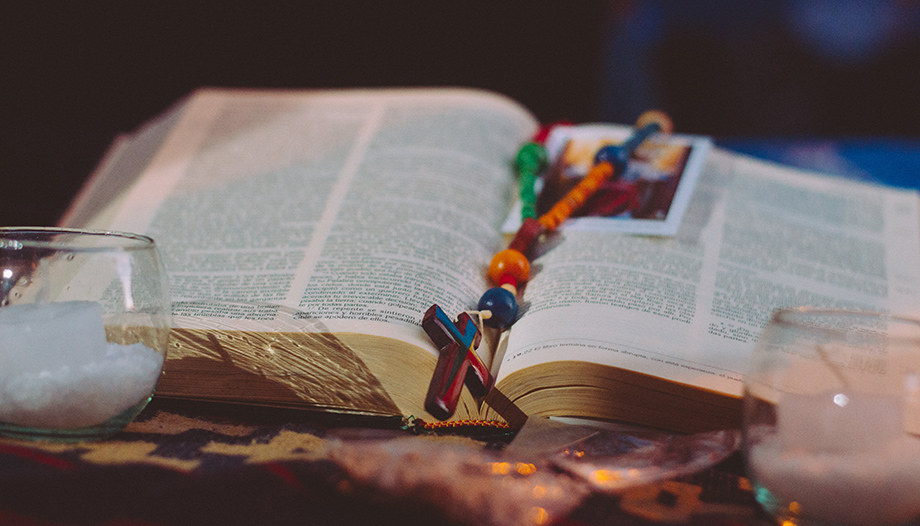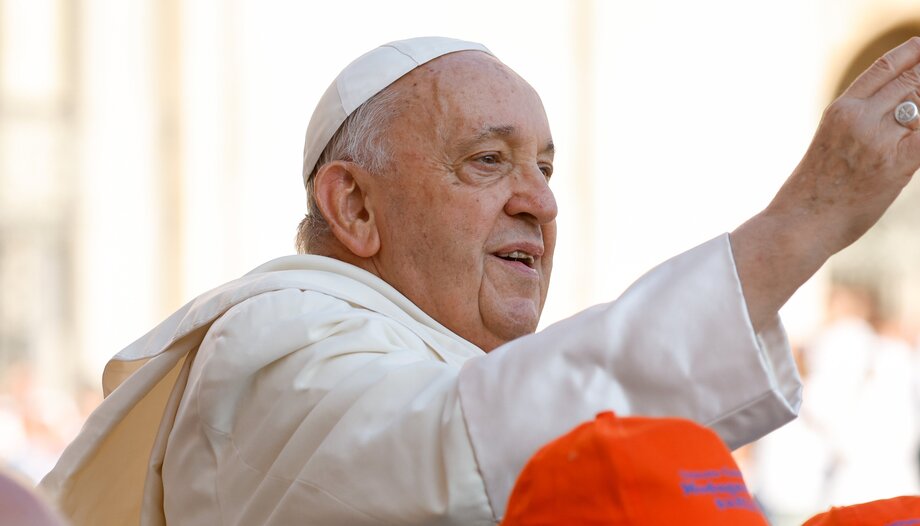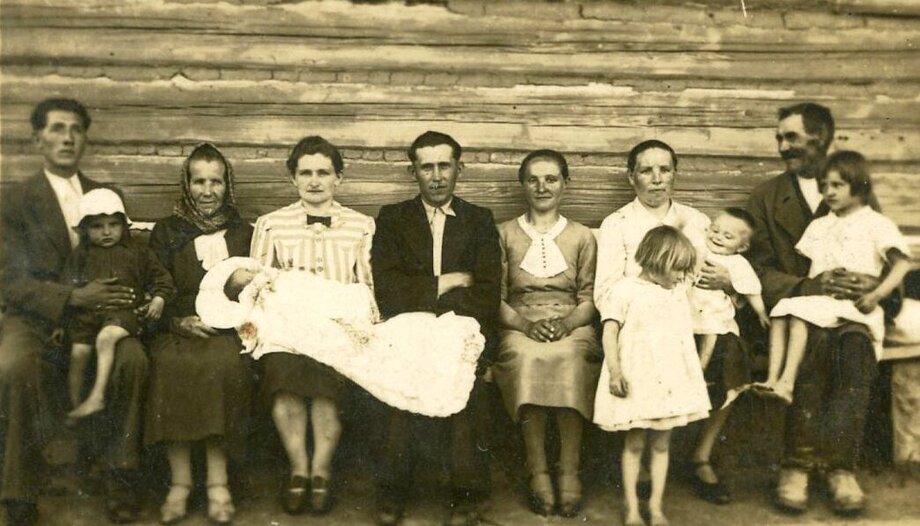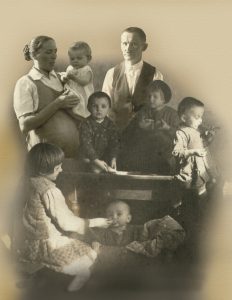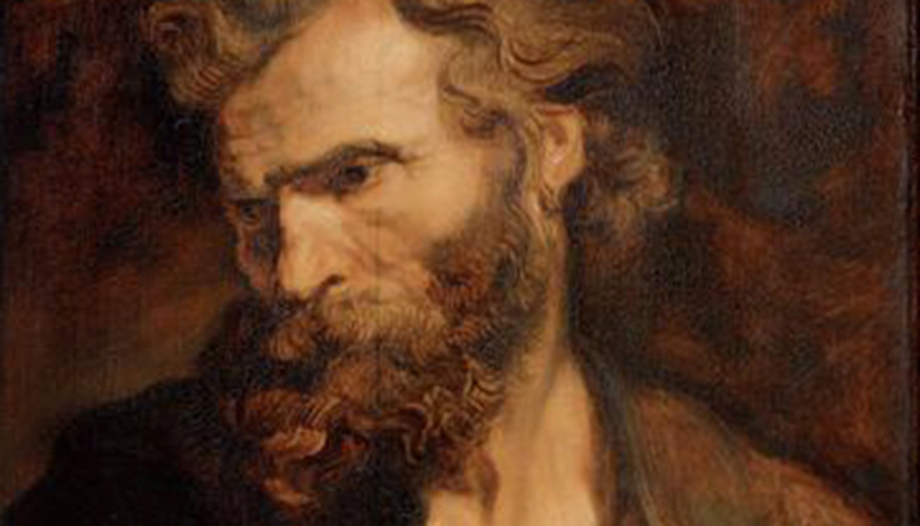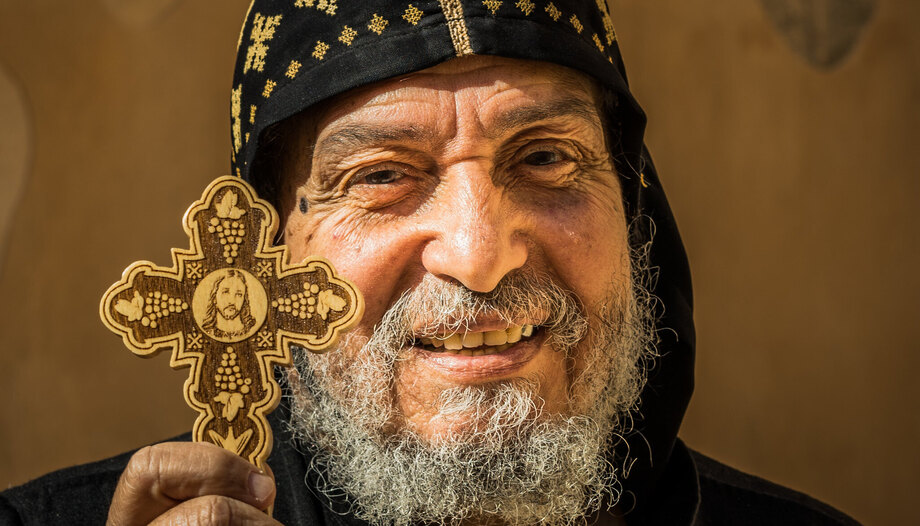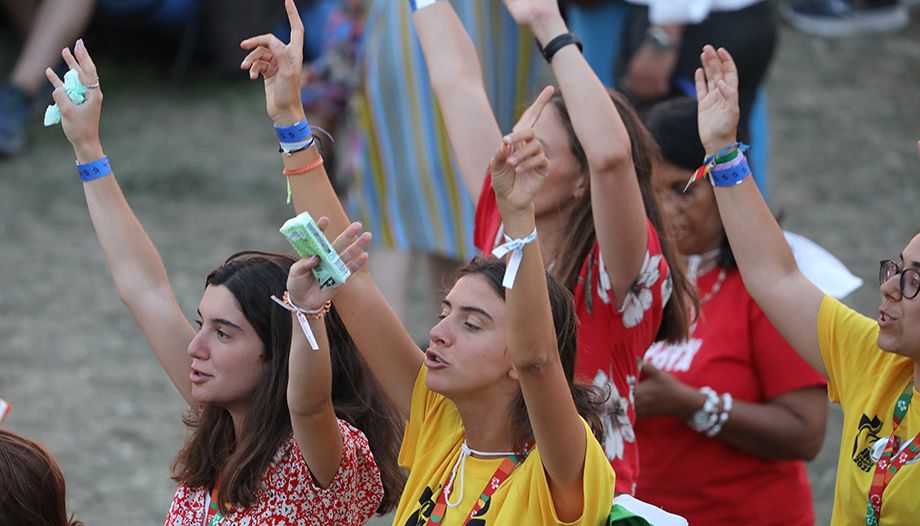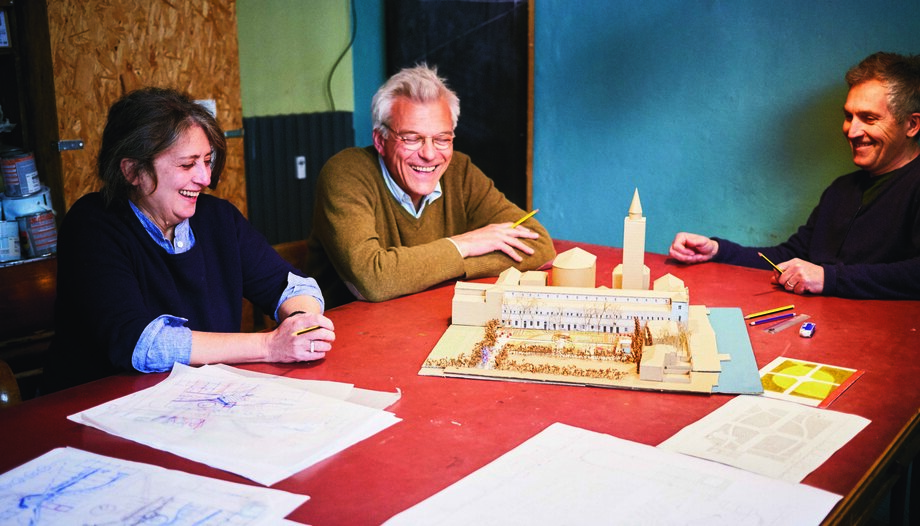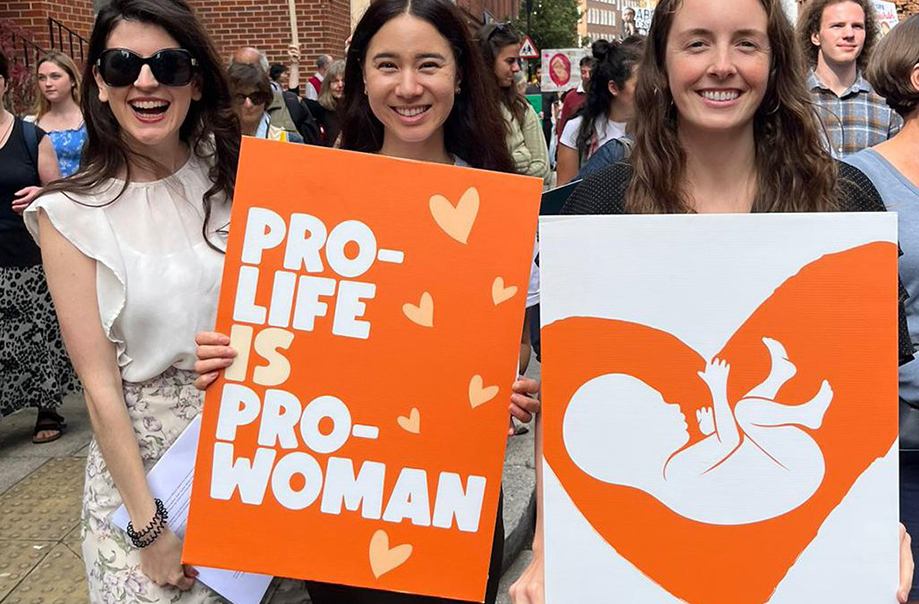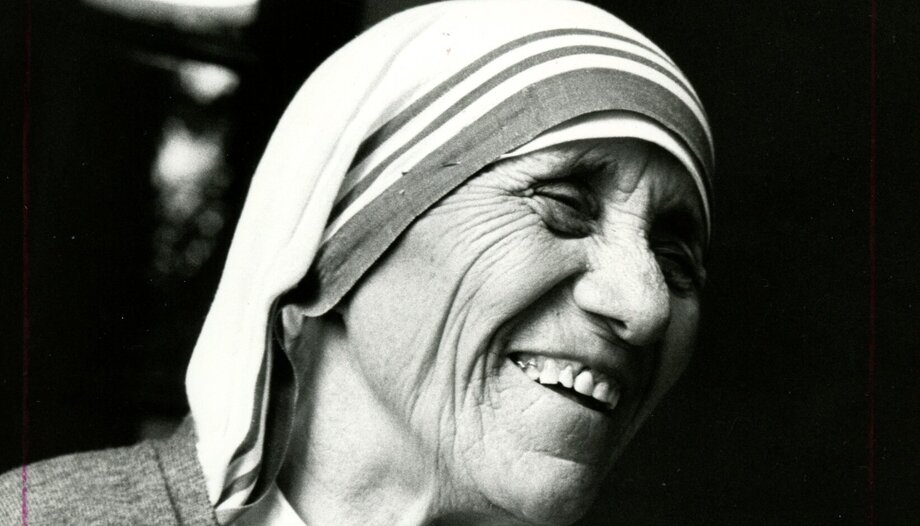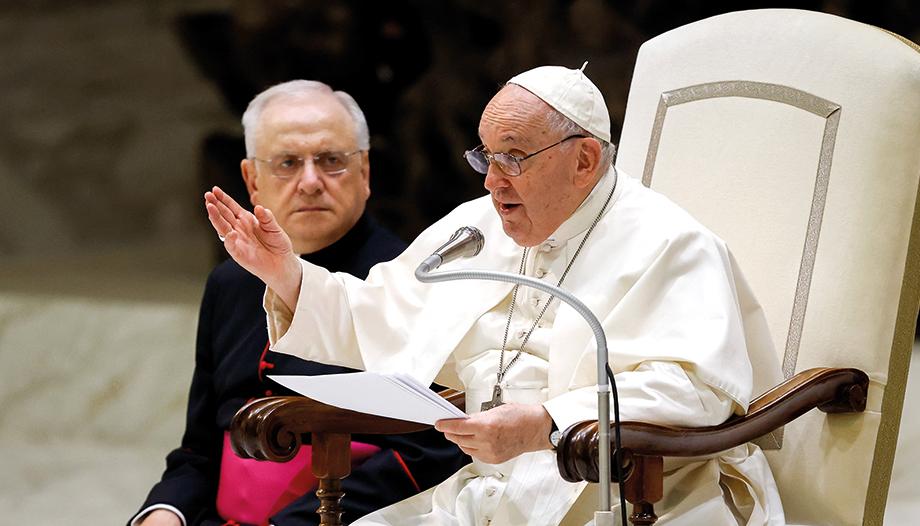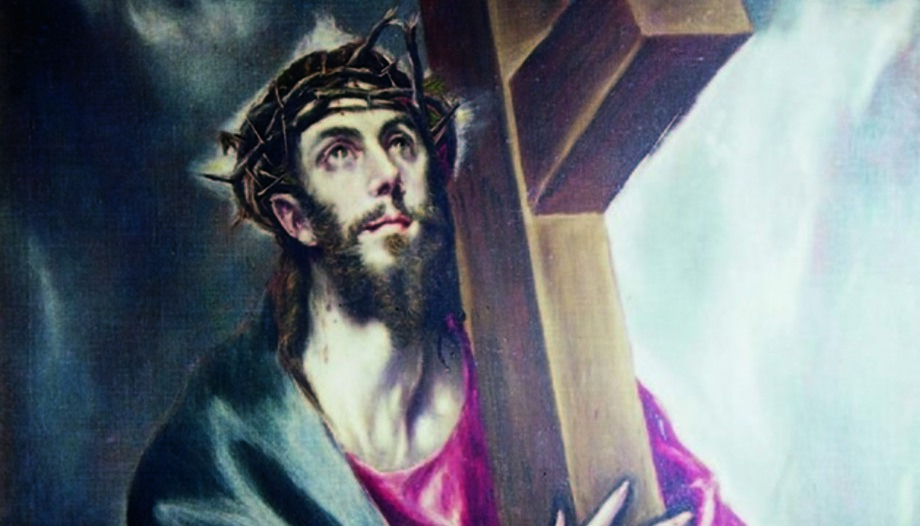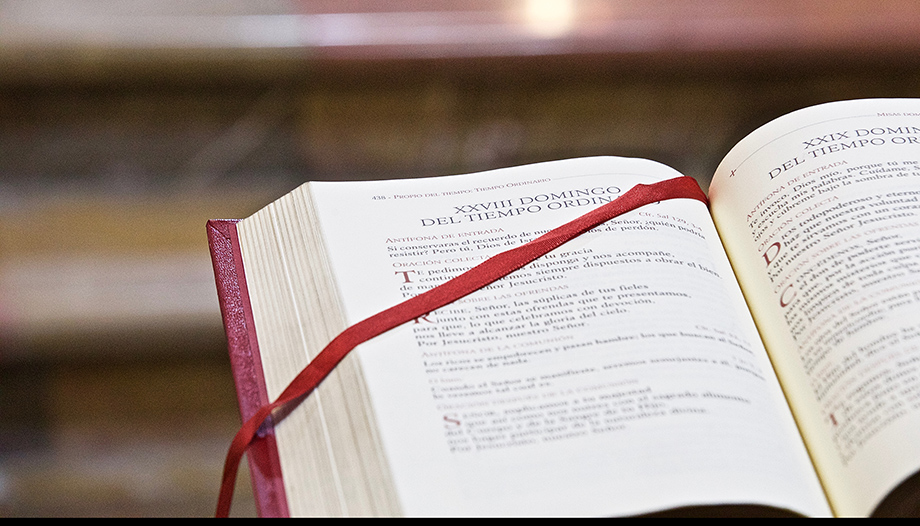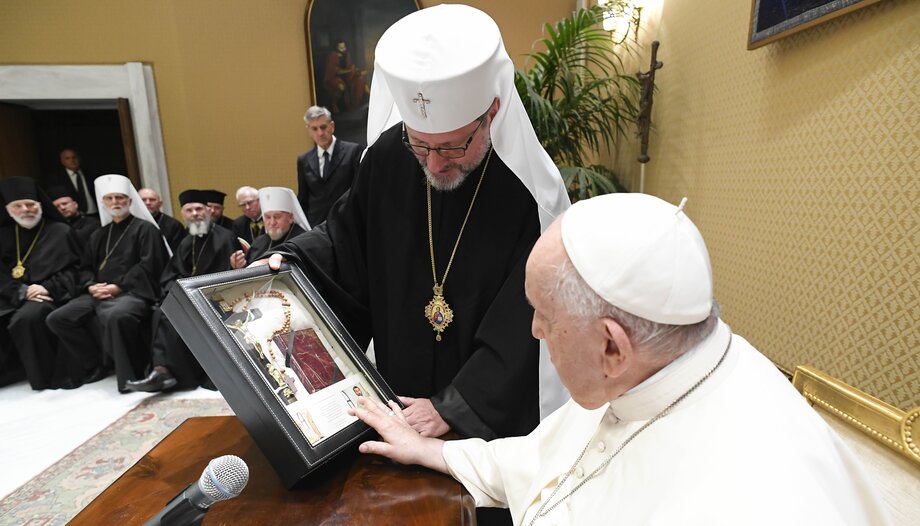He introduced the meeting on "The integration of ecclesial groups in parish life", which took place at the Athenaeum of TheologyBefore introducing the speakers, the editor-in-chief of Omnes, Maria José Atienza, said that the medium is well positioned in the panorama of socio-religious information.
The journalist recalled that three Ratzinger Theology prizes have already passed through the Omnes Forum. They are the professors Tracey RowlandAustralian; Hanna B. Gerl-FalcovitzGerman; and the American Jewish Joseph Weiler. Regarding the theme chosen, he referred to the "blossoming of new movements and charisms in the parishes", although there are different criteria regarding their development and integration.
This Forumwhich has also counted with the collaboration of the CARF Foundation and the Banco Sabadellwas preceded by an extensive article in the September issue of Omnes by Professor José Miguel Granados, pastor of Santa María Magdalena (Madrid), which the speakers praised for its thoughtfulness.
Praise from the Popes, problems in insertion
This was precisely the first intervention of the day. Jose Miguel Granados, with extensive pastoral experience, recalled some of the ideas presented in his analysis. In his opinion, "the integration of the various groups, associations, movements, communities and other realities of the Catholic Church in parish ministry is a matter of enormous importance for effective evangelization in our days".
On the one hand, he alluded to "the pronouncements of the last three Popes, who ponder the precious value of these new realities, which bring enormous riches to the life of the Church", and who "always encourage us to welcome them with open arms in the parishes and dioceses", while recalling "the need for an adequate insertion in them, with ecclesial criteria".
At the same time, Granados added that "there are many priests who esteem them with joy and collaborate generously with them; but also many other good pastors emphasize the serious problems they cause, expressing themselves very critical of them, to the point of excluding them from their parish communities"..
Principles for "ecclesial harmony
The pastor of St. Mary Magdalene mentioned "the fruits of Christian life and holiness produced by these new movements, groups and ecclesial initiatives," and his "sincere conviction that these realities are gifts of the Holy Spirit for our times," but alluded to these difficulties in the parishes.
Consequently, José Miguel Granados invokes, for "an ecclesial harmony," "the pastoral principles of welcome, accompaniment and gradualness, purification and conversion, integral Christian formation, as well as discernment and integration", and the exercise of human and supernatural virtues. In particular, we emphasize prudence, patience and wisdom, as well as pastoral charity and apostolic hope", and "reflection together with dialogue, in a climate of faith and prayer, under the guidance of the hierarchy".
"Steps need to be taken."
María Dolores Negrillo, a member of the Executive Board of Cursillos in ChristianityHe clearly expressed his opinion that "this ecclesial insertion" of new realities or movements in parishes has not taken place, to the point of considering that "we continue to walk in parallel".
The directive of Cursillosraised in "a very good family, but far from God", said that when she "discovered God, and that it was the Church", she went to a parish to ask what to do, and was told that "they had to think about it and that they didn't know what task to give her".
This issue of insertion "has worried me enormously," revealed María Dolores, who spoke of "stagnation" and "fear," both in one sector and in another. She cited comments from leaders of movements such as "we are not accepted in that parish", and also from parish priests in the parish in the sense that "they do not accept us". and also from parish priests in the sense that "they complicate our lives, we don't want them".
"We have to improve," said Dolores Negrillo, "let's change our mentality and take steps to walk and work together, to give that evangelization that the world needs. Let's move from the I to the we, we must take steps to know and recognize each other. We belong to a common project, and we have to walk a path of synodality". In his opinion, the keys are "listening to the Spirit", "dialogue with everyone", and "evangelizing with enthusiasm and passion".
"Living in the Spirit and of the Spirit."
The intervention of Eduardo Toraño, National Consiliary of the Charismatic Renewaland professor at the Universidad San Dámaso, had a marked theological accent. In fact, José Miguel Granados quotes in Omnes a paper by Eduardo Toraño, entitled "Movimientos eclesiales y nueva evangelización. A new Pentecost".
At the beginning, the Consiliary of Charismatic Renewal referred to the foundation and then to discernment. "It is the Spirit that vivifies the Church, and he makes himself present in human persons, it is necessary to take this into account". "The whole Church is charismatic, on the one hand; and on the other hand, the Church is always in need of renewal and updating."
In the emergence of these ecclesial realities, which John Paul II called movements, "there is a novelty, and that is to ask whether these realities are essential in the Church". "In fact, St. John Paul II and the theology of the post-conciliar period teach that hierarchical gifts (ordained ministers) and charismatic gifts are co-essential. The Lumen Gentium in its number 4 speaks of these two types of gifts".
Professor Toraño recalled an intervention of Cardinal Ratzinger in 1998 on ecclesial movements, which the Bishop of Alcalá de Henares would later quote in his words, in which he points out something that "I believe is very important: the Hierarchy, the Institution, is charismatic".
This is important in his opinion, because "if a minister, who is responsible for the government of the parish, or a bishop in the diocese, if he is not moved by the Spirit, if his charism, from which came his vocation and call, which led him to be part, as an ordained minister, of the Hierarchy, if he does not live in the Spirit and of the Spirit, and that call has been corseted, then he will not have that openness". "What is new is annoying," added the Consiliary, recalling that at times, when asked why something is done in a certain way, the answer has been: 'because it has always been done that way'."
Discernment, a gift
Among other reflections on charisms and parish life, Eduardo Toraño also referred to discernment, which is "the key. And to be able to discern, and this is one of the fundamental tasks of pastors, the pastor in his parish, the bishop in his diocese, must discern on all the questions that may arise in his area of responsibility".
"There are several elements to discernment. The first is to know. And if there are prejudices, on whatever side, there is already an impediment. It is necessary for a Pastor to know all the realities, and if possible, from the inside. It is also necessary to see the fruits. Discernment is a gift, a charism, not everyone has it," said the Charismatic Renewal Consiliary, who advised open-mindedness, charity and truth, and formation, among other things.
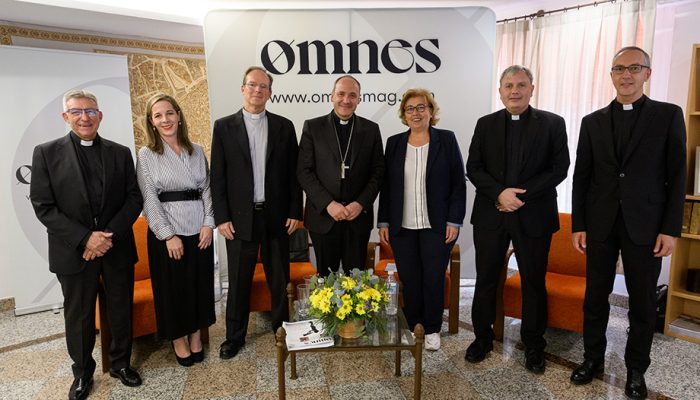
Charisms in the Church: approaches
Monsignor Antonio Prieto began by recounting the words of Cardinal Ratzinger in 1998, when St. John Paul II called all the movements convened at Pentecost of that year in Rome, with more than half a million people, and told them: "You are the springtime of the Church", "you are the response of the Holy Spirit at the end of the second millennium", quoted the Bishop of Alcalá.
Ratzinger said, according to the bishop, "How does one approach this question theologically? There are two possibilities. First, the dialectic. That there is a dialectic between the Institution in the Church and the charism. And then there is another possibility. A more historical approach. And when one looks at things more historically, one realizes that when a charism has arisen in the Church, it has suffered - then suffering is part of history - but in the end that charism has been assumed by the Church, and has helped the Church to rejuvenate itself and, as Eduardo said before, to reform itself".
The bishop then made an exposition of what it would mean to pose dialectically "institution (ordained ministry) and charism; Christology and pneumatology, or hierarchy and prophecy". And his conclusion was that "the Church is not built dialectically, but organically".
Regarding the historical approach: for example, tensions between the universal Church and the particular Church, Monsignor Prieto said: "The area assigned to the Apostles for evangelization was the whole world. The universal Church precedes the local ones, which arise as actualizations of it".
After reviewing the apostolic movements in the history of the Church, the Bishop of Alcalá referred to discernment, stressing that "the movements want to revive the Gospel in its totality, with a missionary dimension", and "they recognize in the Church their reason for being. They want to be in communion with the Church, with the successors of the Apostles and with the successor of Peter".
More about charismas
In Monsignor Prieto's opinion, and referring to the two parts (institution and charisms), both "must allow themselves to be educated by the Holy Spirit, to be purified. The charisms, although they have done much good to concrete persons, are not the property of concrete persons, but the property of the Church, and they must submit to the demands that flow from this fact".
"But also - the bishop adds - "pastors cannot fall into absolute uniformity of organizations and pastoral programs, as if putting a measure to the Holy Spirit. It would be a Church impenetrable to the Holy Spirit". "One must not label as zealous fundamentalism people animated by the Holy Spirit", but "the movements must also take into account that ubi Petrus, ibi ecclesia; ubi episcopus, ibi ecclesia".
"The ministry and the movements need each other. When one of the two poles weakens, the whole Church suffers. All must allow themselves to be measured by the rule of love for the unity of the one Church", added Monsignor Prieto before the audience of the Athenaeum of Theology. In his opinion, and these are his final words on the title of the Omnes Forum: "We are called to an integration, but this integration will not happen without an open and fraternal dialogue, and without a certain amount of suffering".
At the end of the question and answer session, Maria José Atienza thanked the collaborators for their support: Ateneo de Teología, Fundación CARF, Banco Sabadell, the attendees, among whom were members of various institutions, movements and initiatives such as Acción Católica, Alpha, Encuentro matrimonial or Focolares. He also thanked the readers and subscribers of Omnes, whose director, Alfonso Riobó, had welcomed the Bishop of Alcalá and the speakers at the beginning of the event.











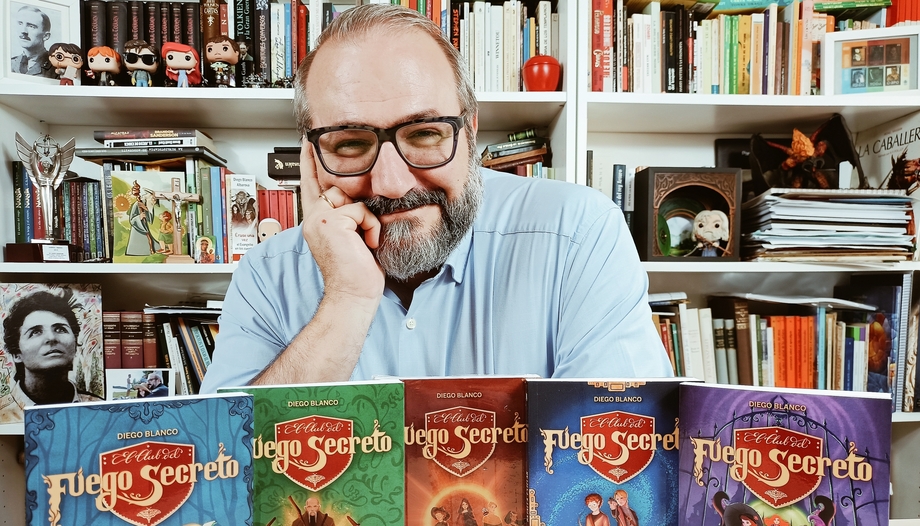
 Pablo Ginés: "The Fellowship of the Ring needs dwarves, hobbits and elves."
Pablo Ginés: "The Fellowship of the Ring needs dwarves, hobbits and elves."
